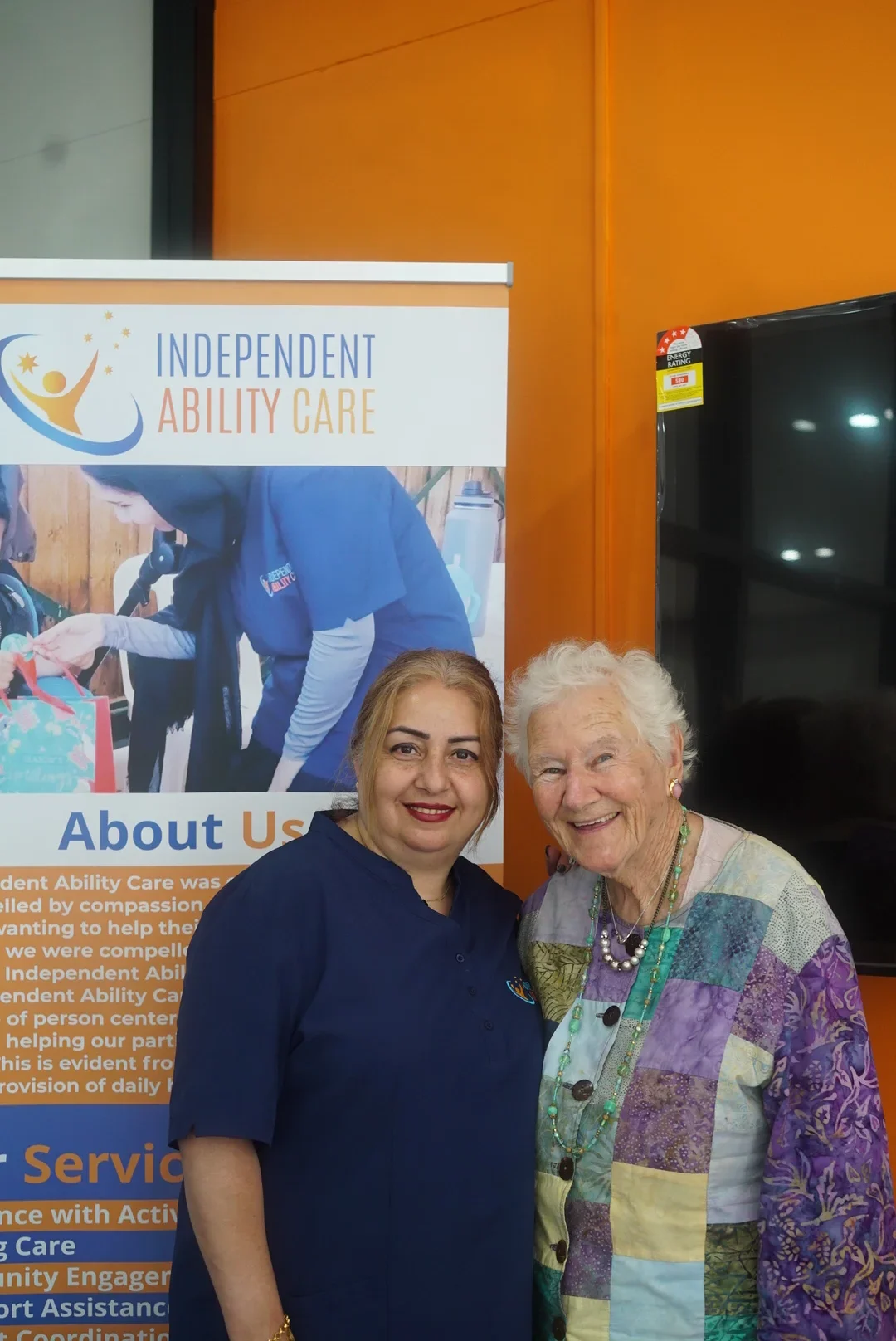Eligibility & Start Date
Thriving Kids is a new, national program that will offer community-based supports for children aged 0–8 with mild to moderate developmental delay or autism. It is planned to start from 1 July 2026 and scale up over 12 months. Children with permanent and significant disability remain on the NDIS. The Commonwealth has committed $2 billion to kick-start the program, with states and territories co-designing and co-funding delivery.
Why This is Happening
Government says the NDIS should focus on people with permanent and significant disability, while children with milder needs are often better supported through local health, early learning and school settings. Thriving Kids aims to make those services easier to find and more consistent nationally, while keeping the NDIS sustainable long-term.
What Will Change
- Where supports come from: More early help will be delivered through child and family health, GPs, playgroups, early childhood education and schools, plus digital/phone support, rather than via individual NDIS plans.
- How children are identified: The Government has flagged a new Medicare item for bulk-billed three-year-old health checks to pick up developmental concerns earlier (currently at proposal stage).
- Early childhood age range inside the NDIS: The early childhood approach now covers children up to age 9 (was 7), which sits alongside Thriving Kids planning.
What Does Not Change
- Eligibility for NDIS: Children with permanent and significant disability (including more complex autism or multiple disabilities) will continue to access the NDIS. Existing participants remain supported, subject to usual reassessments.
Who Thriving Kids is Designed For
- Children 0–8 with mild to moderate developmental delay or autism who can be effectively supported in mainstream/community settings.
- Families who need navigation, coaching and evidence-based strategies in everyday places – home, early learning, school, community.
Timeline
- Now–2025: Design and agreements between Commonwealth and states/territories.
- From 1 July 2026: First services begin; ramp-up over 12 months to establish a national baseline.
- Alongside: NDIS early childhood approach up to 9 years continues within the scheme.
How Families May be Affected
If your child has milder needs:
You may be directed to Thriving Kids and foundational supports in your local health and education systems (rather than an NDIS plan). Think: child and family health nurse, GP-led pathways, early learning inclusion support, school-based interventions, and parent coaching programs.
If your child’s disability is permanent and significant:
You can remain on the NDIS. If needs increase over time, reassessment for NDIS access is still possible.
If you already have an NDIS plan:
There’s no automatic removal. Any change follows normal reassessment processes, and the Government has stated the transition will be carefully designed with families and experts.
Common Questions We’re Hearing
Will we lose our supports?
Not suddenly. Thriving Kids is phased from July 2026. If a child is better served outside the NDIS, your planner or support coordinator should discuss options and timing.
What if the new pathway isn’t enough?
If needs prove more significant or permanent, you can seek NDIS access or reassessment. Keep simple, functional evidence (teacher notes, health professional letters, goal progress).
Will there be wait lists or gaps?
Capacity will grow during the 12-month ramp-up. Governments say the aim is national coverage before broader NDIS access changes from mid-2027. In the meantime, keep current supports documented and escalate if risks emerge.
Who decides “mild to moderate”?
Clinical judgement in mainstream settings will guide referrals and support intensity. Government has also proposed 3-year-old health checks (MBS) to detect needs earlier; final design is pending.
Practical Steps for Right Now
- Map your local options. Ask your GP/child health nurse about developmental screening, parenting supports, and referrals into local services (speech, OT, psychology) that align with Thriving Kids.
- Keep a simple paper trail. Track goals, school/ELC notes, and what’s working, not just diagnoses. This helps with either mainstream referrals or, if needed, NDIS reassessment.
- Know the early childhood settings inside NDIS. If your child is under 9 and on the scheme, ask your planner how the renewed early childhood approach links with school/ELC supports.
- Check for program updates. As Thriving Kids design is finalised, official pages will publish service finders, referral steps, and eligibility details.
What People Are Saying
- Hope for earlier, easier help close to home (GPs, schools, child health), especially if new MBS checks proceed.
- Worries about gaps during transition and whether community services can match therapy intensity.
- Calls for clarity on how “mild-to-moderate” will be applied and how to re-enter NDIS if needs escalate.
Key Official Resources
- Thriving Kids – Government fact sheet (program, cohort, dates, $2b, ramp-up): Department of Health, Disability and Ageing.
- Early childhood approach now up to age 9 (inside the NDIS): NDIA pricing update.
- NDIS Act amendments and ongoing reforms: Dept of Health, Disability and Ageing overview.
- Proposed three-year-old health checks (MBS): Minister’s speech summary and media coverage.
Where We Can Help
We know this can feel confusing. If you’d like a hand, our Support Coordination team can help you map local supports, document goals and progress, and plan a smooth transition, while keeping your child’s voice and routine at the centre.





